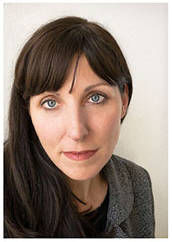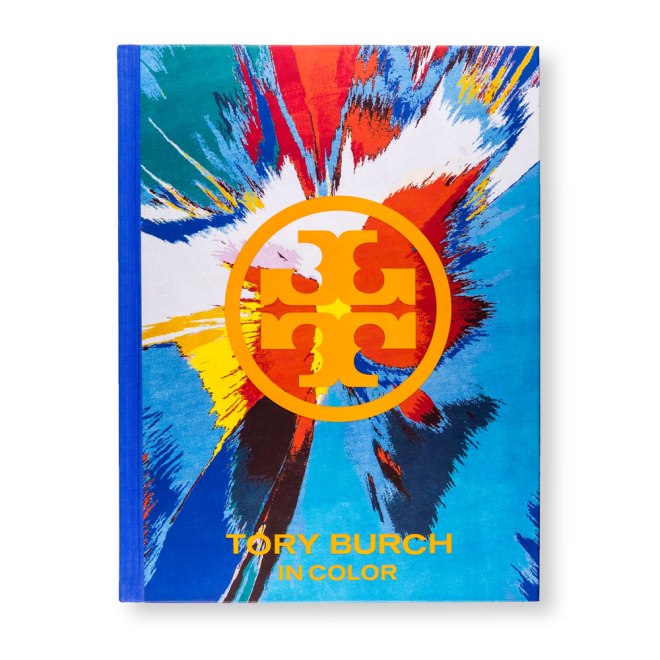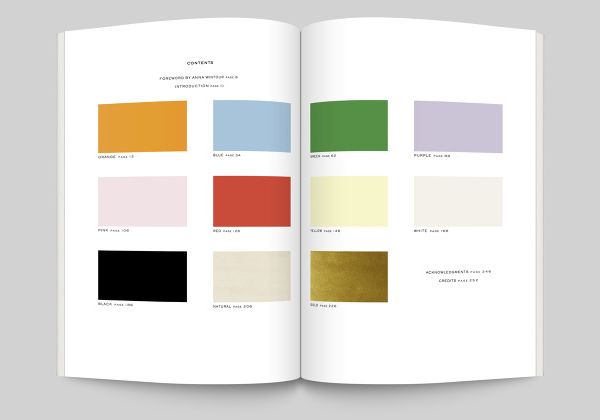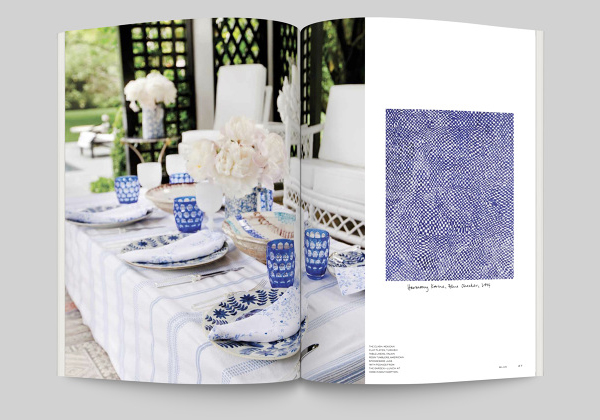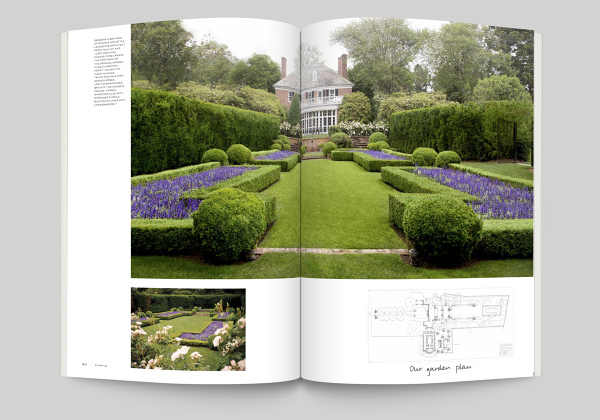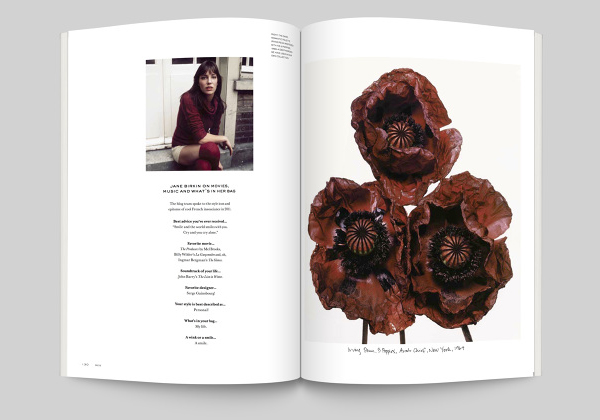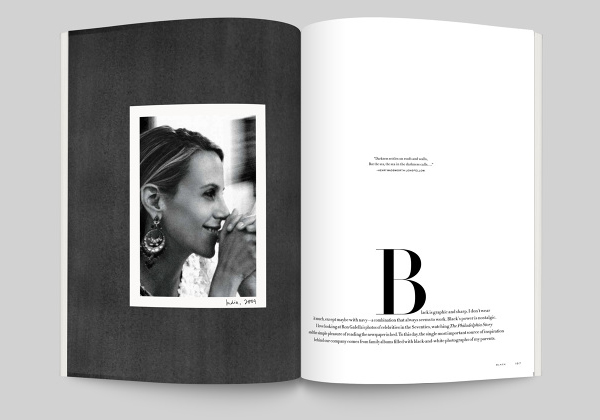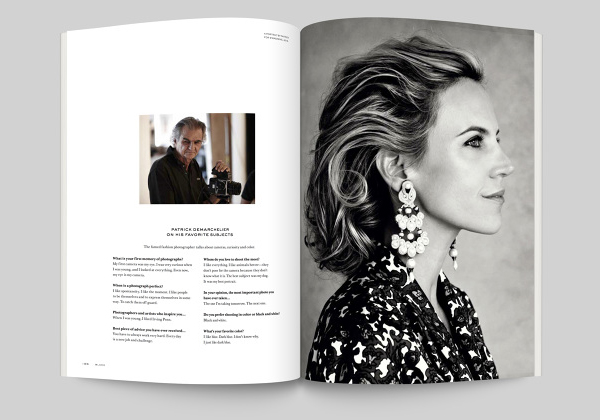Parsons AAS Graphic Design Alumnus (’05) and Faculty Jason Booher talked with current student Kiel Guba about how he came to Parsons, how he got his first
job, and his experience as a book cover designer and teacher
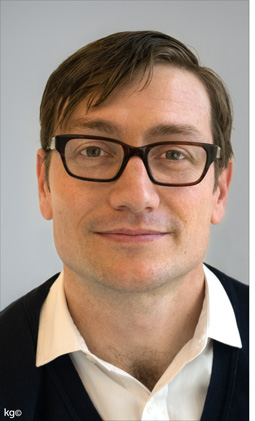
After obtaining a degree in English Literature
at Princeton University, Jason pursued his childhood dream of becoming a high school English teacher. His career started by teaching
at Eton College in England (he had to wear
a tuxedo to class!) and then Trenton High School (NJ). While he enjoyed teaching, he felt that something was missing from his life. He
quit and bounced around for a few years living in England and Australia where a friend hired him as a personal chef. Despite Bondi Beach beckoning him each day, Jason continued to paint and draw (something he has desperately tried to fit into his schedule as an undergrad) and attempted to make a graphic novel.
When he returned to the US, he took a continuing education course at Parsons on a whim, and through it found out that graphic design existed everywhere and about the Parsons AAS GD program, which he chose as his path into the design world.
“I never really knew about graphic design, let alone considered it as a career,” he says, “but when I started attending classes, I knew immediately it was what I should have been doing all along. Parsons’ AAS Graphic Design was perfect and intense; it really felt more like an MFA program”.
After graduating, Jason started designing book interiors part-time at Dubé Juggling. This freed him up to shop his portfolio to designers he would want to work for, specifically looking for book cover design work. “By the end of school, I figured out graphic design is about selling something”, Jason says “and I knew I would only be able to design well if I was selling something I believed in—I believe in books”.

 Ultimately he landed a job in the art department at Penguin, and soon after found himself in his dream job designing book covers at Alfred A. Knopf. His wife, Helen Yentus, is also a designer and they collaborate often on projects, although he admits with their current jobs they have less times to work together. Jason is currently the Art Director at Blue Rider Press as well as a part-time History of Graphic Design professor at Parsons.
Ultimately he landed a job in the art department at Penguin, and soon after found himself in his dream job designing book covers at Alfred A. Knopf. His wife, Helen Yentus, is also a designer and they collaborate often on projects, although he admits with their current jobs they have less times to work together. Jason is currently the Art Director at Blue Rider Press as well as a part-time History of Graphic Design professor at Parsons.

Jason’s work is evocative without being heavy-handed – his covers have just enough information to draw the reader in without revealing too much. They are beautifully and thoughtfully designed and speak both to his great understanding of literature as well as his talent for design.

Q: How do you come up with a cover design for a book?
A: It’s different every time. Reading the book is important. Sometimes I sketch starting with the title and author. Sometimes I am making thumbnails from the very beginning. Sometimes I have a clear idea immediately of what I want to do and start there. Sometimes I read the book and then wait for months until I start really coming up with something. Most of the time I have some idea that I then work through and throw away and move on from there. But I love the process. I get to fall in love with each book and work to find something visually interesting that connects to it’s soul.

Q: What is your favorite typeface?
A: I don’t have one. Type is contextual. But maybe Futura.
Q: What is some of the best advice you received from a Parsons professor?
A: Something I learned very early in my first graphic design class with Julia Gorton has always stayed with me. In the critique of our first projects she burned into us that your design should not be like everyone else’s; it should be unique within its context. That’s something I try to keep in mind each time I start a new project.
Q: Who is your favorite graphic designer?
A: That’s an easy one—Helen Yentus.

Q: You have been teaching design in the AAS program now almost as long as you have been designing, has that affected how you design?
A: There has been no experience or thing that has effected my design or how I think about design as deeply as teaching the History of Graphic Design. Beyond the exposure to great historical designs and soaking in the relationships that I find within them, I was forced to develop a language of design that moved beyond critiquing contemporary designs (either my students’ work or my work in progress). I had to find a way to speak about or discuss design outside the glossy historical narrative with students, a way to move into designs that weren’t their own. Most examples of this kind of dialogue I have found in books have not been helpful to me, because the language used doesn’t relate to how I think about design. However, Paul Rand’s words from his Conversation with Students have. “Design is relationships.” That’s were I start, and it opens up designs in almost any direction I want to push myself and the students.

Through teaching, as much as designing, I quickly came to believe innovation in formal execution to be as important (or perhaps more important) as conceptual expression in most design. Certainly in book packaging. Looking at formal relationships in historical designs as a way to find a unique visual moments in contemporary designs is what my class is about. And it is what I passively and sometimes actively do in my own work. At the very least, I certainly benefit from an accumulation of discussions of various effective relationships. And because I have had to verbally express why I think things work, I can look at something I am designing and not rely on intuitive instinct as to why any given relationship is or isn’t working. Surely I use intuition when I design. But for some reason being able to talk about the decisions I am making intelligently (as in it is intelligible) with another human designer has given me a way to push things further.

Editing and photography: Katarzyna Gruda

























